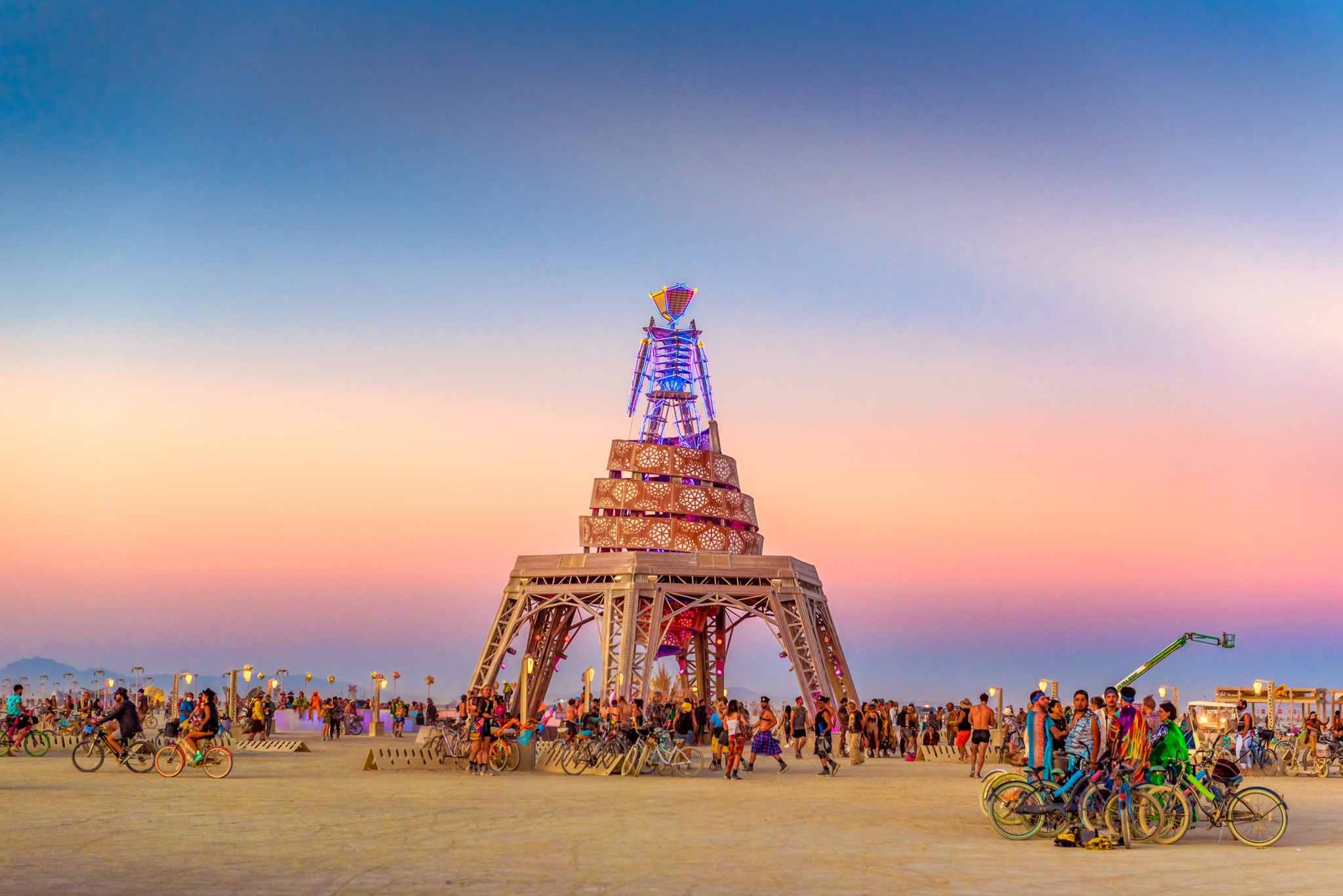

"The air pollution control systems, they weren't present on old-fashioned incinerators, the object of a lot of people's ire," Gilman said. That's because Covanta cleans toxins out of its combustion gasses using an intense filtration process, with activated carbon and limestone "scrubbers." homes per year, compared to 2.3 million homes powered by far fewer waste-to-energy facilities.Ĭovanta's public data shows emissions coming out of the stack in its northern California facility are far below U.S. Landfill gas generates enough power for 810,000 U.S. While landfills can harness energy from rotting organic material, they're far less efficient for production purposes. The steam can also be captured and piped up to a mile away to heat or cool entire buildings, like Target Field in Minneapolis. Castaldi, director of the Earth System Science and Environmental Engineering Program at the City College of New York.

"For every ton of garbage that you burn, you save a ton of CO2 that you would otherwise create from, say, burning a fossil fuel," said Marco J. And finally, they produce energy, reducing the need to burn fossil fuels. Second, waste-to-energy facilities reduce the need for mining because they recover 700,000 tons of metal each year. First, it keeps waste out of landfills, which emit methane that the EPA estimates is 86 times greater than carbon dioxide over a 20-year period. climate experts say these are the three reasons the burning process produces a net reduction of greenhouse gasses. In terms of burning or burying waste, "it was hands down better to combust it because you get energy value from it, you get metals from it, and you're not producing methane," Thorneloe said. Environmental Protection Agency, where Susan Thorneloe leads research on materials management. Unlike landfills, many governments and non-governmental organizations consider it a source of greenhouse gas mitigation. states define waste-to-energy as a renewable energy source. A decade later, the city was using it to generate enough electricity to light the Williamsburg Bridge. In the U.S., the first incinerator was built in New York in 1895. "Denmark now realizes that it incinerates too much waste and if it is going to meet its greenhouse gas emissions targets it's going to need to reduce waste incineration," Tangri said. In the EU, waste incineration doubled from 1995 to 2019.īut burning waste is still a carbon-intensive process, and critics like Neil Tangri of the Global Alliance for Incinerator Alternatives (GAIA) argue some countries have come to rely on it too heavily. In parts of Europe and Asia, the picture looks quite different.Ĭountries like Japan, Denmark and Germany rely on energy recovery far more than landfills. The process also creates carbon and toxic ash, but unlike landfills, it doesn't emit any methane. There are 21 miles of pipes around the combustor, where the intense heat converts water into steam that turns a turbine, which powers a generator. In Covanta's energy recovery facility, waste is burned at temperatures around 2,000 degrees Fahrenheit.

The rest mostly comes from waste collection in nearby municipalities.Ĭorporations account for "the fastest growing part of the business," Gilman said, as an increasing number of companies try to reduce their environmental footprint. Covanta said it doesn't handle Amazon returns.Ībout 10% of the 270,000 tons of waste Covanta burns at its plant in Crows Landing, California, a two-hour drive east from San Francisco, comes from companies. Major retailers like Amazon also use this combustion method to dispose of returns they deem unfit to recycle, resell, or donate. Amazon told CNBC that it sends some returns to energy recovery as a "last resort," though the company declined to say which facilities it uses.

"When a major car manufacturer like Subaru says they're zero landfill, they have done the reduce, the reuse, recycle, and what's leftover they send to a facility like a waste-to-energy facility," said Paul Gilman, chief sustainability officer for Covanta, which has more than 40 sites across the globe.


 0 kommentar(er)
0 kommentar(er)
